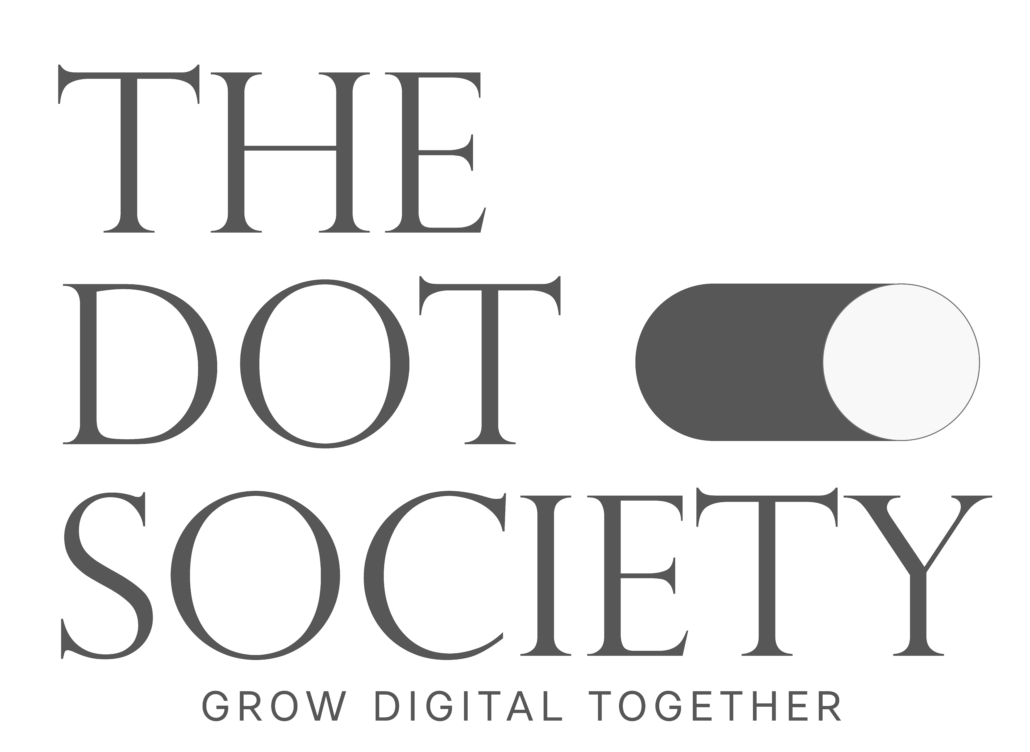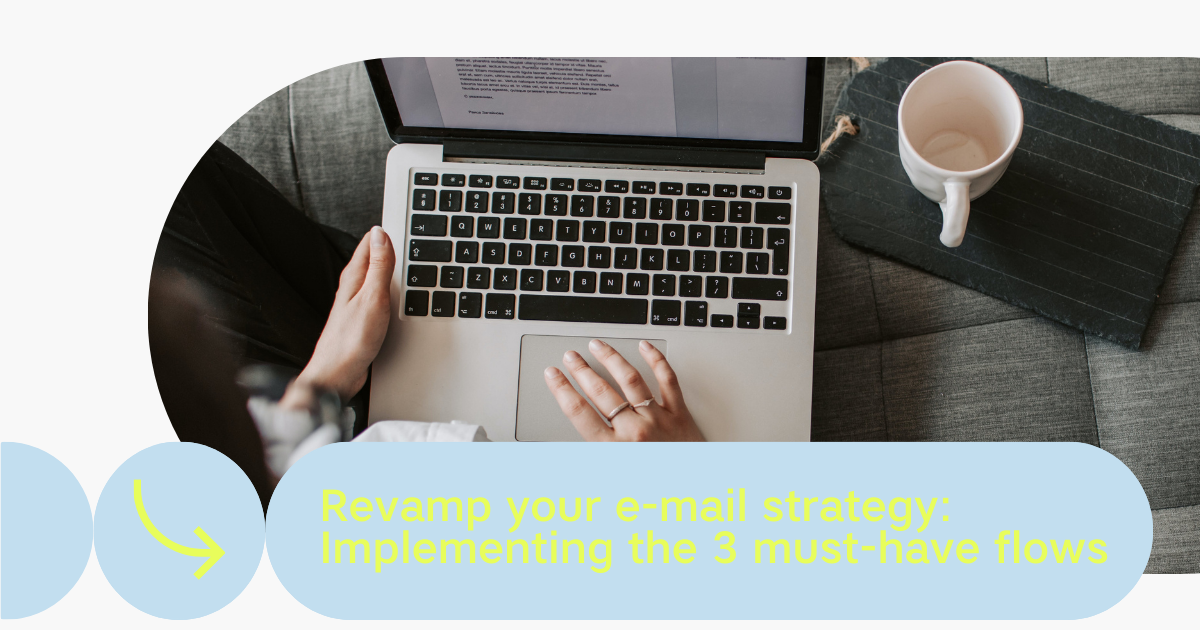E-mail marketing, we’ve talked about this topic numerous times, because ‘the mouth speaks what the heart is full of’ let’s say 🙂 For those who are not yet convinced (for some unknown, implausible reason): believe us, it is a must-have for your brand today! It’s the way to go in order to turn your subscribers into loyal fans, and your fans into paying & returning customers. First party data is your long term gold & e-mail marketing is the method to make money while you sleep. Literally.
But to come to this point, you should first start with an in-depth strategy. Besides the well-known newsletters, it’s also all about creating e-mail marketing flows that are triggered by what your customers do (or don’t do) on your website. These flows are automated sequences of e-mails that send to your customers based on their actions, milestones, or events. Consequently, communication is more personalised, relevant & on the right time, which can boost your engagement, conversions, and revenue.
But where to start? And which flows are crucial to have at the start of your e-mail marketing journey? In this article, we will highlight the 3 essential marketing flows & how to build for maximum results.
1. Welcome Series
A welcome series is a sequence of e-mails that you send to new subscribers who join your e-mail list. It’s your chance to make a killer first impression, introduce your brand story and values, showcase your products and benefits, and entice them to make their first purchase. You can set up different welcome series for different segments of your audience, such as those who sign up from a specific page or with a specific preference for one product category.
Here are some tips and best practices for creating a welcome series in Klaviyo:
- Set the time delay between each e-mail based on what works best for you. A common practice is to send the first e-mail right after subscription, and then space out the rest by 3-7 days.
- Use a catchy subject line that entices your subscribers to open your e-mail. You can also use emojis, personalised greetings, or urgency expressions to spice it up.
- Next to the utilisation of high-quality images and videos showcasing your products and style, you can also use user-generated content (UGC) such as customer reviews, testimonials, or social media posts to build trust and social proof.
- Offer an incentive or discount code to encourage your subscribers to make their first purchase. You can also create a sense of urgency or scarcity by adding a countdown timer or limited stock availability.
- Test and optimise your welcome series based on your metrics and feedback. You can use A/B testing feature to test different elements of your e-mails such as subject lines, images, copy, CTAs, etc.
2. Abandoned Cart
An abandoned cart is a sequence of e-mails that you send to customers who leave your website without buying the products they added to their cart. It’s a powerful way to recover lost sales and revenue, as you can remind them of what they left behind and persuade them to come back and complete their purchase.
Want to be first in class, implement following tips & tricks:
- Offer an incentive or discount code to encourage your customers to complete their purchase. You can also create a sense of urgency or scarcity by adding a countdown timer or limited stock availability.
- Do you have a nice action or upsell trigger going on at the moment, well spread the message! So customers are even more convinced of their next purchase.
- Implement dynamic product blocks to display the exact products that your customers left in their cart.
- But it doesn’t stop there, because you can even add some personalised product recommendations as well. Via Klaviyo, you are able to use the product recommendation engine which automatically suggests products that are related to or frequently bought with the items in their cart. This way, you can show your customers that you care about their style and help them create a complete outfit. For example, if they left a dress in their cart, you can recommend some shoes, accessories, or jackets that match the dress.
3. Post-Purchase
The post-purchase flow is the first step in your aftersales process, via which you can re-approach customers (would like to know more on this, make sure you read this article). It’s your chance to show them some love, get their feedback or reviews, suggest more products they might like, and make them come back for more.
By being tailored to someone’s behaviour & preferences, your post purchase flow will perform to its full potential. This can be done in practice by setting up different triggers, time delays, and content from which you can find some best practices below:
- Ask your customers for feedback or reviews on their purchase experience or products (and maybe offer a little extra in return). Via the latest update in Klaviyo, Shopify-users are able to use Klaviyo’s in-house platform (dream coming true). Not a Shopify-user, you can use platforms such as Yotpo.
You can also use Klaviyo’s integrations with platforms like Yotpo to collect and display reviews on your website. - Show your appreciation and gratitude to your customers for choosing your brand. You can send them a thank-you e-mail, a birthday e-mail, or a loyalty e-mail to make them feel special and valued.
- Run a giveaway or a referral program to encourage your customers to spread the word about your brand. You can offer them incentives such as discounts, free products, or loyalty points for referring their friends or family to your website
But e-mail marketing flows don’t stop there. There are many more e-mail marketing flows and strategies that you can use to grow your brand. And we at The Dot Society are here to help you with that. So let’s get started on building your in-depth e-mail marketing strategy today!
This post is also available in: Dutch




